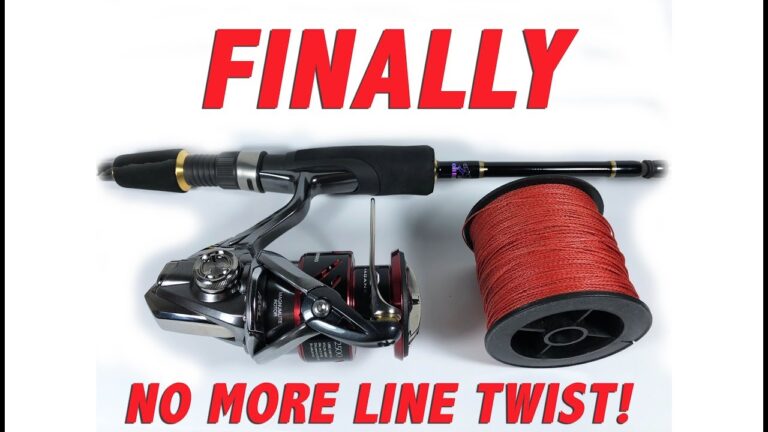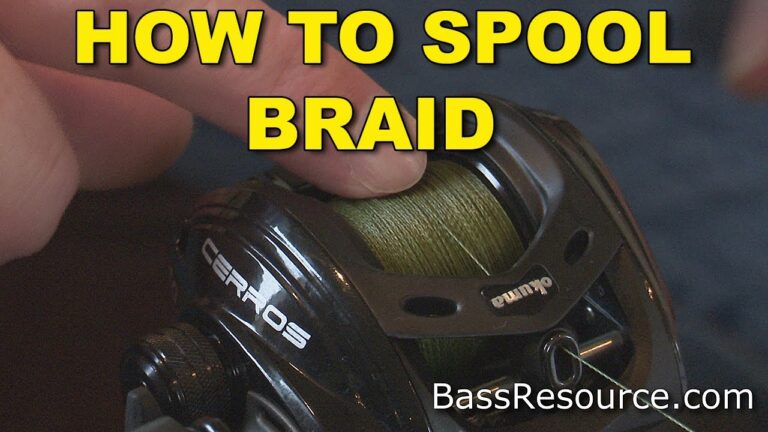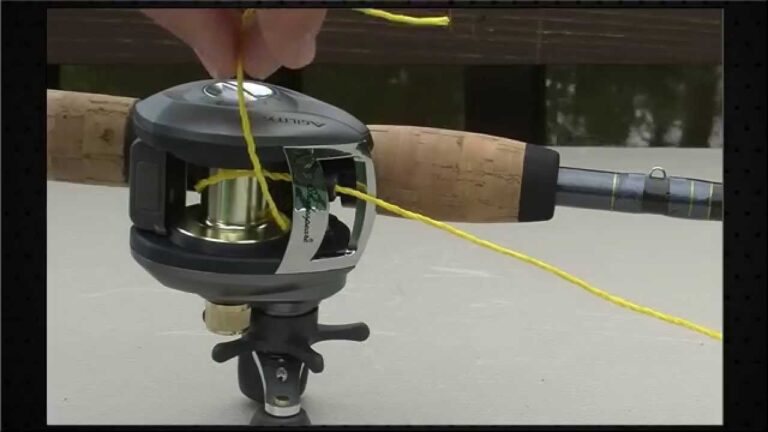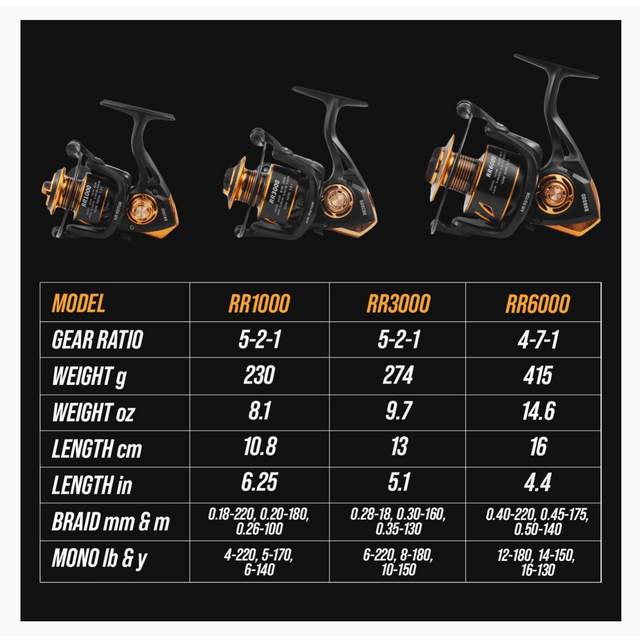How to Spool a Baitcaster With Braid

To spool a baitcaster with braid, attach the braid to the spool using an arbor knot and apply tension while winding. Use a cloth or glove to maintain even pressure to avoid line digging in.
Anglers embracing baitcaster reels often opt for braided lines due to their superior strength and lack of stretch. Spooling braided line correctly is crucial for optimal casting performance and to prevent line twists and tangles. Braided lines, although more durable and typically thinner than monofilament or fluorocarbon, require careful handling to ensure they sit snugly on the baitcaster spool.
Whether you’re a seasoned pro or a rookie on the water, mastering the art of spooling braid onto your baitcaster will enhance your fishing experience, making it smoother and more successful. With focused attention to maintaining tension and proper knotting, setting up your reel with braid can be a straightforward process.

Credit: www.youtube.com
The Appeal Of Braid For Baitcasters
Baitcasters paired with braid offer a unique blend of power and finesse. The dual advantages of strength and sensitivity are prime reasons to spool braid. Braid’s strong fibers resist breakage even with heavy catch loads. This means it doesn’t snap easily during a tough fight. Its thin diameter enables anglers to feel the slightest nibble, crucial for immediate hook-sets.
Longer casts become effortless due to braid’s smooth texture. With less drag, your line shoots out farther. Also, braid has less memory than other lines. Less memory means your line stays straighter. Straighter lines reduce tangles and improve cast accuracy.
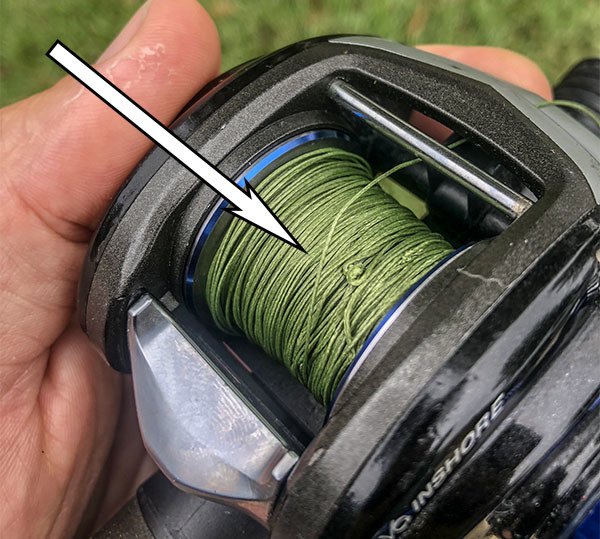
Credit: www.lafishblog.com
Choosing The Right Braid
Selecting the appropriate braid for your baitcaster is crucial. The braid thickness and pound test are key factors to consider. Thinner braids allow for longer casts and less drag in the water. However, they may be less durable.
Higher pound test lines are stronger, ideal for fighting big fish. They resist breakage around structures. Yet, they can be more visible to fish, potentially reducing bites.
Color of the braid also matters, especially in clear or murky water. Opt for a color that matches the surroundings. Greens and browns blend in with weedy or muddy environments. In clear water, select a translucent option to fool wary fish.
Essential Tools And Materials
Spooling a baitcaster with braid begins by gathering the right tools. For a successful setup, you’ll need a compatible baitcasting reel and rod. These should match in terms of power, action, and braid line rating.
A spooling station is recommended for its ease of use and efficiency. Yet, not everyone has one. No worries! You can create a simple DIY alternative. Just use a pencil and a pair of shoes to hold the spool steady. Make sure the line comes off the spool the same way it will go onto the reel. This prevents line twists.
Step-by-step Spooling Process
Spooling a baitcaster with braid requires precise steps. Begin by threading the line through the rod guides. Next, open the baitcaster’s bail and tie the braid around the spool. Use an arthritic knot or double uni knot for security. Ensure the knot is tight and trim the excess.
Maintaining proper tension is vital for even winding. Hold the line between your fingers and apply slight pressure. This prevents line dig-in and loops. Spin the handle slowly, guiding the line back and forth across the spool. Keep tension constant for optimum results. Remember, practice makes perfect with these techniques.
Common Spooling Mistakes To Avoid
Spooling a baitcaster with braid needs attention to detail. One key step is using a backing line. This prevents the braid from slipping on the spool. Without it, your line could lose grip and cause problems. Many anglers miss this and face issues.
Overfilling the spool is another common mistake. A full spool can cause line tangles and poor casting. Aim to fill it to about 1/8 inch from the rim. This ensures smooth casts and reduces line problems.
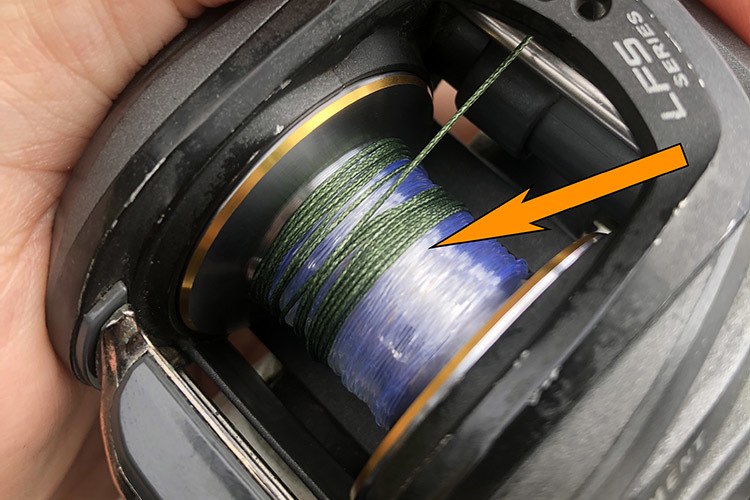
Credit: www.lafishblog.com
Post-spooling Adjustments
Properly setting the drag on your baitcaster is crucial after spooling. It ensures the line’s tension is ideal for hooking and reeling in fish. First, tighten the drag knob until it feels firm. Then, back off slightly until the line can be pulled out with moderate effort. For a braid, a tighter drag is often preferred, but be careful not to overdo it.
Moving on to break-in casting techniques, begin with short, controlled casts. Gradually increase your casting distance as the braid settles onto the spool. Practice these casts before heading out to fish. This prepares the braid, reducing the chance of tangles or birds’ nests during real fishing scenarios. Remember, smooth casts lead to better fishing experiences.
Frequently Asked Questions For How To Spool A Baitcaster With Braid
Should You Use Backing With Braided Line On A Baitcaster?
Yes, using a backing with braided line on a baitcaster is advisable. It prevents line slippage on the spool and can save cost on braided line.
How Do You Tie A Braid On A Baitcaster Reel?
Open the bail on your baitcaster reel. Thread the line through the guides and wrap it around the spool. Secure the line with a knot, trimming excess. Close the bail, and begin winding the handle to gather the line evenly.
How Tight Should Braid Be Spooled?
Braid line should be spooled tightly to prevent line digging and slippage. Ensure even tension similar to a firm handshake for optimal casting and strength. Avoid over-tightening which can damage the line or reel.
Can I Use 20lb Braid On Baitcaster?
Yes, you can use 20lb braid on a baitcaster reel. Ensure proper spool tension and braking adjustments to optimize performance.
Conclusion
Mastering the art of spooling a baitcaster with braid sets you up for fishing success. By following these straightforward steps, you’ll ensure fewer tangles and smoother casts. Embrace the challenge and enjoy the enhanced performance on your next angling adventure.
Happy fishing and tight lines!
Also Worth Reading:
- How to Cast Farther With a Spinning Reel
- How to Clean a Baitcasting Reel
- How to Fix Backlash on Baitcaster
- How to Oil a Baitcaster
- How to Put Braid on a Baitcaster
- How to Put Line on a Spinning Reel Without Twist
- How to Set Drag on Baitcaster
- Can You Put Braided Line on a Spinning Reel
- How Do You Fix a Fishing Reel
- How Do You Oil a Fishing Reel
